

Thanks to their hardiness and the low growing requirements they need, Hypericum are the perfect plants for beginner gardeners, or those who have a difficult garden to bloom.
Overall Hypericum key facts :
Botanical name – Hypericum sp.
Family – Hypericaceae, Clusiaceae
Type – herbaceous perennial, shrub
Height – 1 to 5 feet (30 cm to 150 cm),
Exposure – sun to part sun
Hardiness – hardy to semi-hardy
Foliage: deciduous to evergreen – Flowering: summer
Common name – Saint John’s wort
The Saint John’s wort botanical genus is so extensive, that it can’t be classified into a single type of plant: some are herbaceous perennials, others are sub-shrubs and yet others are shrubs in their own right.
This diversity begets a vast choice of sizes and shapes with various bearings.
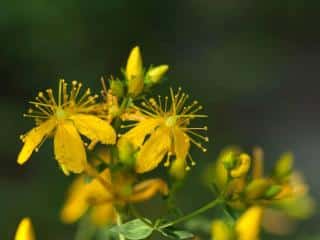
Leaves, however, may be quite different from one to the next. But they all have a lanceloate shape that’s more or less narrow. Depending on the species, foliage is either evergreen, semi-evergreen, or deciduous.
All Hypericum don’t have the same hardiness to the cold. Though the vast majority of them is quite hardy and copes easily with 5°F (-15°C), some are a bit more vulnerable and will have trouble when the thermometer drops below 32°F (0°C).
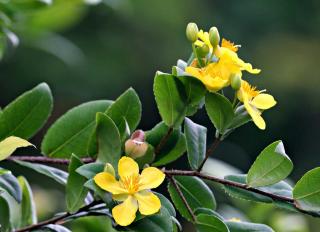
In addition, apart from their great diversity, another noteworthy advantage of Hypericum is their tolerance to limestone, which is a type of soil that has the reputation of being difficult to flower.
Among the many available species and varieties of saint John’s wort, we’ll mention here:
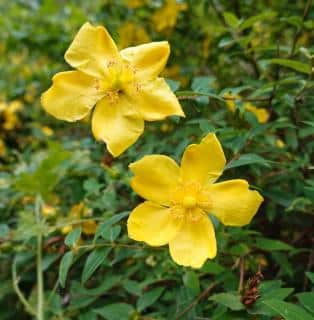
With a size that reaches 4 feet tall and 3 feet wide (1.25 m x 1 m), it’s one of the Hypericum that are large.
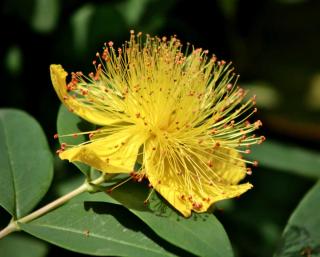
Hardy and without any particular requirements regarding exposure and soil, it’s great to embellish any garden, no matter how difficult.
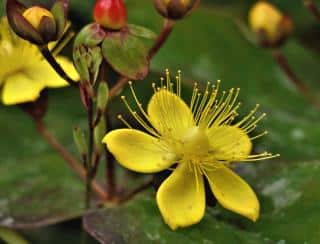
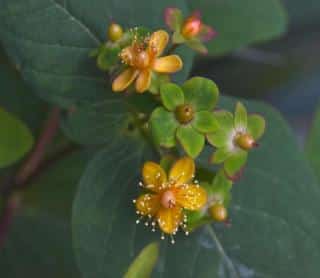
Though all the other growing parameters are the same as for other Saint John’s wort, i.e. reasonable hardiness and no influence of exposure, it does have one extra requirement: it prefers cool soil.
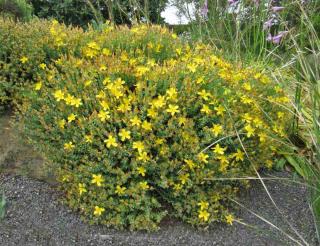
Some, such as Hypericum calycinum, are excellent to cover and stabilize mounds, or populate shaded forest underbrush.